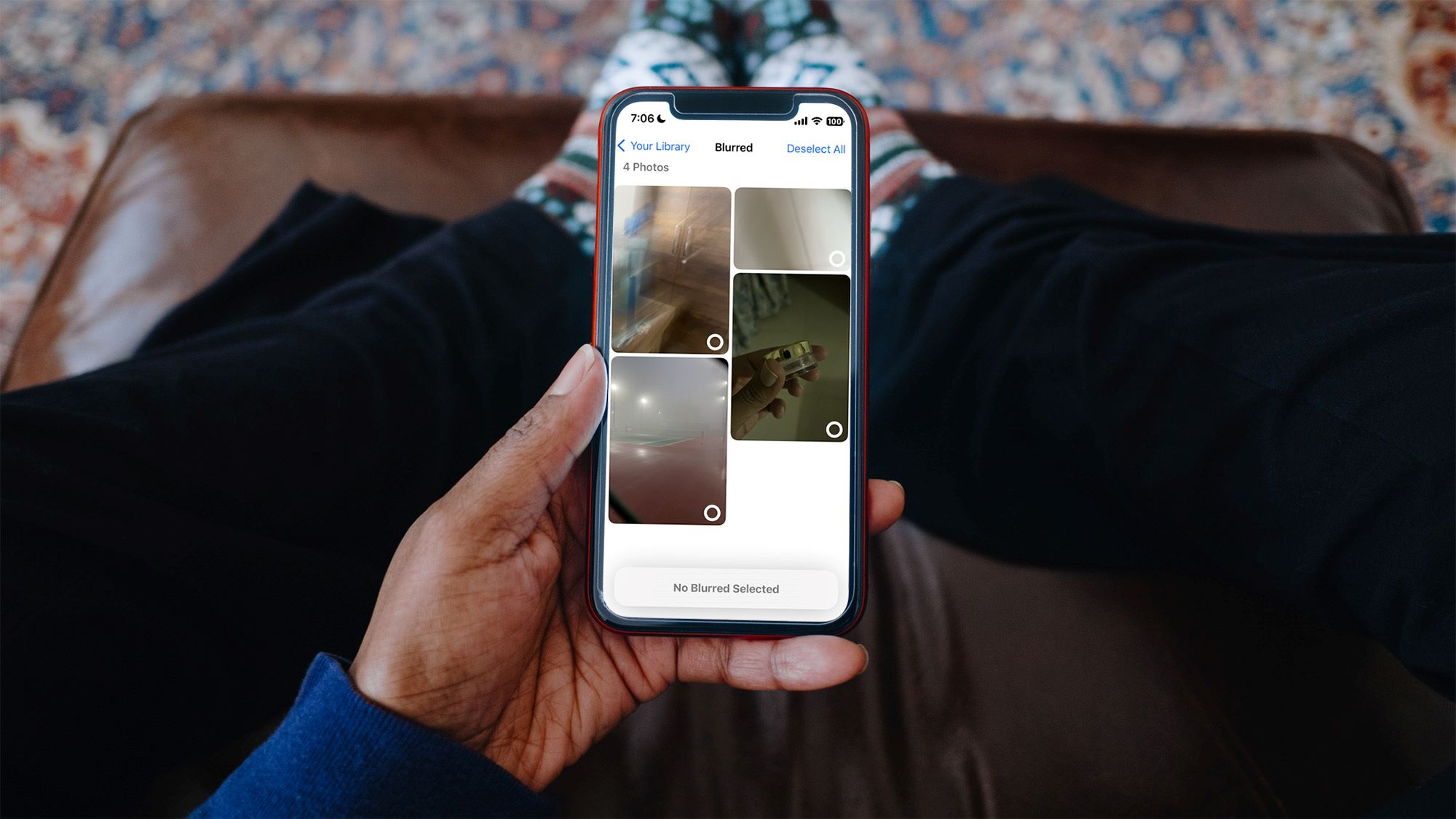
Understanding the Issue
Switching from an iPhone to an Android device can sometimes cause blurry pictures. Several factors contribute to this issue:
- File Format: iPhone photos often save in HEIC format, which isn't universally supported by all devices. Android devices might not process these files as well as JPEGs, leading to blurry images.
- Compression: HEIC files are highly compressed, which can result in loss of detail and quality when viewed on different devices.
- Camera Settings: The camera settings and processing algorithms used by iPhones might not be identical to those on Android devices, leading to differences in how images are rendered.
- Display Settings: The display settings of your Android device could also affect how images appear. Incorrect screen resolution might cause images to appear blurry.
Steps to Fix Blurry iPhone Pictures
Convert HEIC to JPEG
One of the simplest ways to fix blurry iPhone pictures is to convert them from HEIC to JPEG format. This format is widely supported by most devices and can help maintain the original quality of your photos.
How to Convert HEIC to JPEG:
- Download a Converter App: Use various apps available on the Google Play Store that convert HEIC files to JPEG. Some popular options include HEIC Converter, HEIC to JPEG Converter, and HEIC Converter Pro.
- Upload Photos: Open the converter app and upload your HEIC files from your gallery or storage.
- Convert Files: Select the files you want to convert and choose JPEG as the output format. The app will then convert your HEIC files into JPEGs.
- Save Converted Files: Once the conversion is complete, save the converted JPEG files back to your gallery or storage.
Adjust Display Settings
Sometimes, the display settings of your Android device can cause images to appear blurry. Adjusting these settings can help improve the clarity of your photos.
How to Adjust Display Settings:
- Check Screen Resolution: Ensure that your screen resolution is set correctly. You can check this in your device's settings under Display or Screen settings.
- Adjust Brightness and Contrast: Lowering the screen brightness and adjusting contrast can sometimes make images appear sharper.
- Enable High-Resolution Mode: If available, enable high-resolution mode in your display settings to ensure that images are displayed at their best possible quality.
- Calibrate Display: Some devices offer a calibration option for the display. This can help adjust the color accuracy and brightness levels, potentially improving image clarity.
Use Third-Party Photo Editing Apps
Third-party photo editing apps can often enhance blurry images by applying filters, adjusting brightness and contrast, and sharpening details.
Popular Photo Editing Apps:
- Adobe Lightroom: This app offers advanced tools for editing photos, including options to adjust exposure, contrast, and sharpness.
- Snapseed: Developed by Google, Snapseed is a powerful photo editing app that includes tools like selective adjustments and HDR effects.
- PicsArt: This app offers a wide range of editing tools including filters, effects, and advanced adjustments like curves and layers.
- VSCO: Known for its presets and filters, VSCO can also be used to enhance blurry images by applying subtle adjustments.
Use Built-in Photo Apps
While third-party apps are powerful tools, the built-in photo apps on Android devices also offer useful features for enhancing blurry images.
Built-in Photo Apps:
- Google Photos: This app offers robust editing tools including automatic enhancements, filters, and adjustments for brightness and contrast.
- Samsung Gallery (for Samsung Devices): Samsung devices come with a built-in gallery app that includes editing tools like auto-fix, filters, and manual adjustments.
- One UI Gallery (for Samsung Devices): This app offers advanced editing features including selective adjustments and HDR effects.
Check for Software Updates
Outdated software can sometimes cause compatibility issues with different file formats or display settings. Ensuring that your device's operating system is up-to-date can help resolve these issues.
How to Check for Software Updates:
- Go to Settings: Open your device's settings app.
- System: Look for the System or Software Update option.
- Check for Updates: Tap on this option to check if there are any available updates.
- Install Updates: If an update is available, follow the prompts to install it.
Clear Cache and Data
Sometimes, clearing the cache and data of your gallery or photo apps can help resolve issues related to blurry images.
How to Clear Cache and Data:
- Go to Settings: Open your device's settings app.
- Apps: Look for the Apps or Application Manager option.
- Gallery App: Find your gallery app (e.g., Google Photos or Samsung Gallery) and select it.
- Storage: Tap on Storage or Clear Data/Clear Cache.
- Confirm: Confirm that you want to clear the cache or data.
Use Cloud Storage
Cloud storage services like Google Drive, Dropbox, or OneDrive can help you manage your photos more efficiently by storing them in a centralized location where they can be accessed from any device.
How to Use Cloud Storage:
- Sign In: Sign in with your account credentials on your device.
- Upload Photos: Upload your photos from your gallery or storage to the cloud service.
- Access Photos: Access these photos from any device connected to the internet using the same account credentials.
Adjust Camera Settings
If you're capturing new photos on your Android device, adjusting the camera settings can help improve image quality.
How to Adjust Camera Settings:
- Open Camera App: Open your device's camera app.
- Check Resolution: Ensure that the resolution is set high enough for your needs (e.g., 12MP or higher).
- Enable HDR Mode: Enable HDR mode if available as it helps capture better details in both bright and dark areas of an image.
- Use Manual Mode: If available, use manual mode where you can adjust settings like ISO, exposure compensation, and focus manually.
By following these steps, you can significantly improve the quality of your photos on your new Android device.
